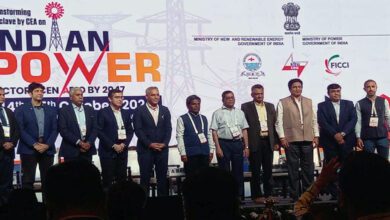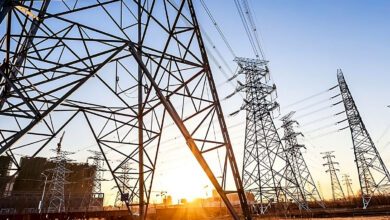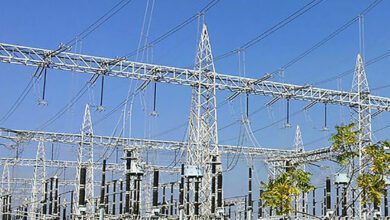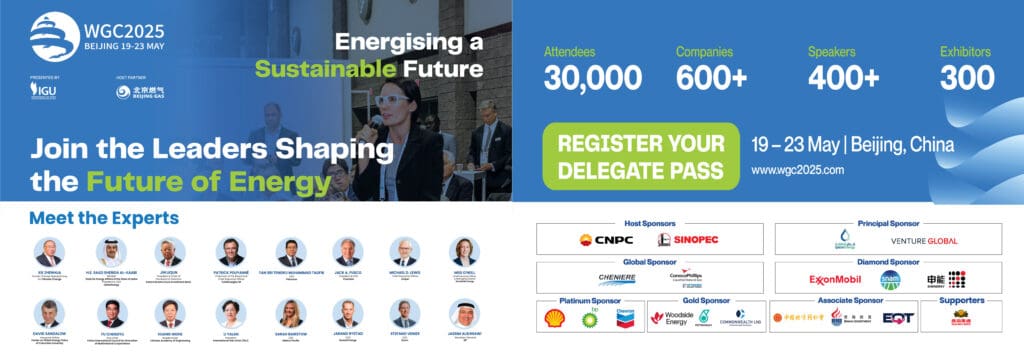In a significant milestone towards bolstering India’s long-term energy storage capabilities, the Central Electricity Authority (CEA), under the Ministry of Power, has concurred a record number of Detailed Project Reports (DPRs) for Hydro Pumped Storage Projects (PSPs) during the fiscal year 2024-25. A total of six PSPs with a combined capacity of approximately 7.5 GW have received clearance in record time, reflecting the government’s strong push to accelerate clean energy infrastructure development.
The cleared projects include Upper Indravati in Odisha (600 MW), Sharavathy in Karnataka (2,000 MW), Bhivpuri and Bhavali in Maharashtra (1,000 MW and 1,500 MW respectively), MP-30 in Madhya Pradesh (1,920 MW), and Chitravathi in Andhra Pradesh (500 MW). This achievement underscores India’s commitment to expanding its pumped hydro energy storage base, which is essential for grid stability and renewable energy integration.
This landmark development has been the result of collaborative efforts among PSP developers and appraising bodies such as the Central Water Commission (CWC), the Geological Survey of India (GSI), and the Central Soil and Materials Research Station (CSMRS). To streamline and accelerate the appraisal process, the CEA introduced several reforms, including the creation of a transparent online portal “Jalvi Store.” The portal has made the submission and review process more efficient by introducing a simplified DPR format, a comprehensive checklist, and easier chapter submission protocols.
Looking ahead, the CEA has set an ambitious target for the upcoming fiscal year 2025-26, aiming to concur a minimum of 13 new PSPs with a cumulative capacity of about 22 GW. These projects are expected to be commissioned within four years and no later than 2030, marking a major step towards achieving India’s renewable energy and climate goals.
The growing interest from the private sector has been encouraging. Through self-identified PSPs, the estimated pumped storage potential in India has already crossed the 200 GW mark and continues to rise. From the current operational capacity of just 3.5 GW, the government plans to scale up significantly. This year alone, two PSPs with a combined capacity of around 3 GW are expected to be commissioned. By 2032, the country aims to achieve a hydro PSP capacity of 50 GW. Presently, eight projects totaling 10 GW are under construction, while DPRs for three additional projects with around 3 GW capacity have been concurred. Additionally, 49 projects accounting for 66 GW are under survey and investigation, with developers expected to finalise their DPRs within the next two years.
Hydro Pumped Storage Projects play a pivotal role in the energy transition by allowing the storage of surplus electricity during off-peak periods in elevated reservoirs. This stored energy can then be dispatched during peak demand, particularly in non-solar hours, thereby ensuring a stable and flexible power supply.
With a lifespan exceeding 70 to 80 years, these projects present a lucrative investment opportunity for both public and private sector players.














